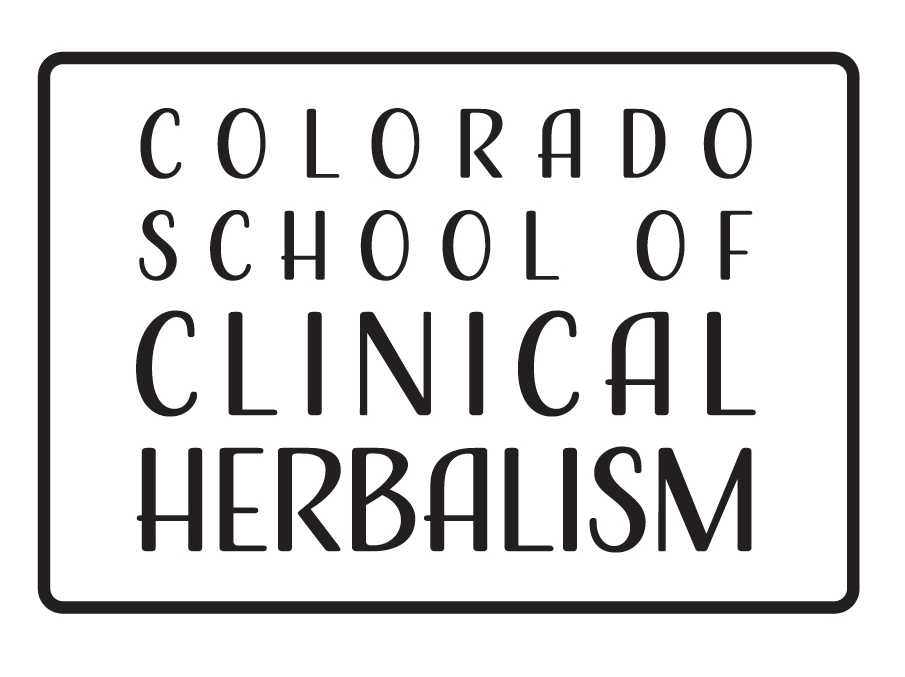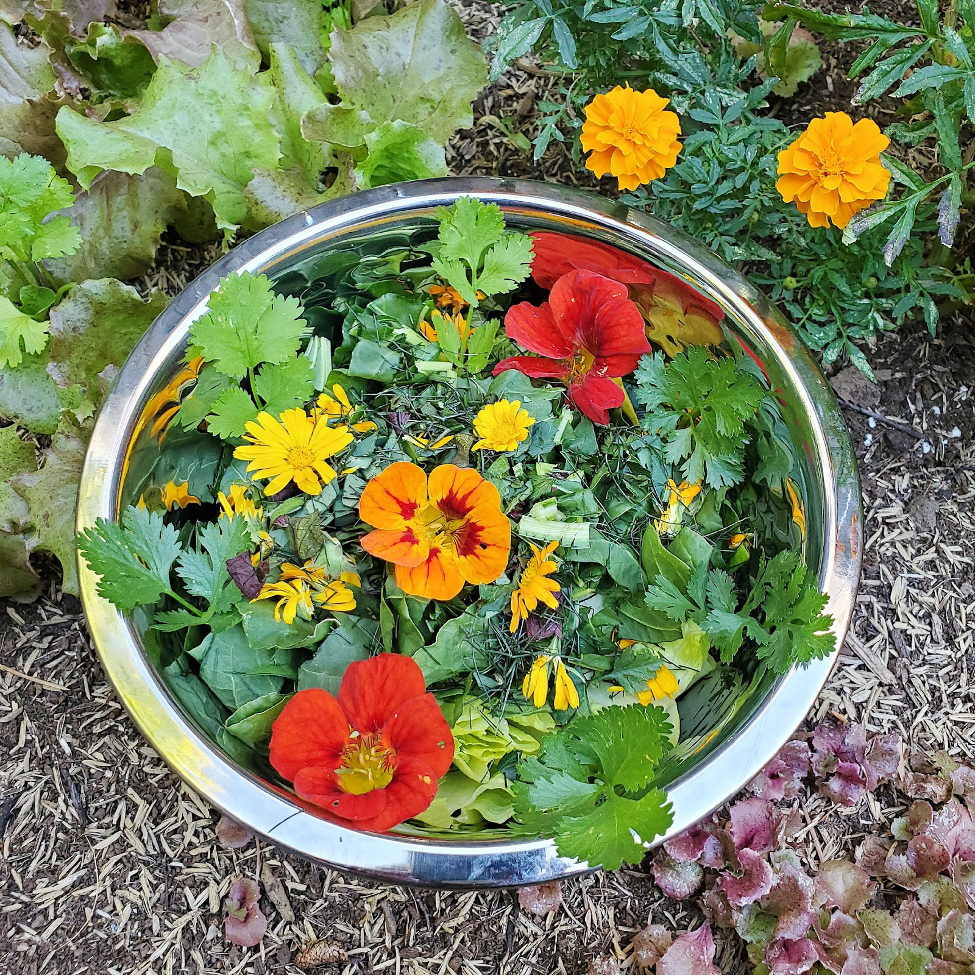Author: Vanessa Berenstein, MA RD FMN
Some of the most common symptoms I see in practice are high stress, fatigue, inflammation, nutritional deficiencies, or low immunity. Whether you have one of these symptoms or just want to support your body’s optimal function, there are numerous balancing herbs that can be used in daily meal prep.
Most people are unaware that we need significantly more antioxidants and plant phytochemicals than standard diets can offer to protect against the high level of environmental toxins and stress we are exposed to on a daily basis. Herbs contain various vitamins, minerals, antioxidants, phytochemicals, and other chemical constituents that support health and vitality. In the right combinations, herbs can add mouthwatering flavor and variety to your meals.
Here are four tasty herbs you can use to uplevel your weekly meal plan:
Note: *These herbs have a very low risk of side effects, particularly when consumed in meals. Nonetheless, if you are taking medications, please make sure to discuss potential interactions with your clinical herbalist or licensed health care provider.
- Chickweed, Stellaria media
Background:
This leafy green edible grows throughout the United States and is often labeled as a weed and discarded. However, it has a long history of medicinal use before the rise of pharmacology in the 19th century. It is mainly used as a food, perhaps due to its various nutrients including magnesium, calcium, potassium, iron, zinc, molybdenum, phosphorus, B vitamins, vitamin C & A. It also contains phytosterols, which are linked to heart health and various antioxidants, including flavonoids, carotenoids, and terpenes. When harvesting, make sure to pick from areas that you know weren’t sprayed with pesticides or insecticides.
Energetics: Stellaria is cooling and demulcent, meaning it helps moisten mucosal tissue.
Medicinal properties: Chickweed is considered a lymphatic, bringing circulation into the lymph system and supporting overall detoxification. Its nutritive qualities support the liver and help with deep nourishment for those with malabsorption, fatigue, or nutrient deficiencies. Chickweed has many anti-inflammatory properties and is used by some herbalists in weight loss formulas. In Chinese medicine, it is considered a digestive tonic, helping to moisten the digestive tract and promote absorption of nutrients.
Culinary uses:
- Chop into salads with other culinary leafy herbs like parsley, cilantro, basil, and/or edible flowers.
- Throw into soups with other flavorful herbs & spices.
- Make pesto with other tasty or aromatic herbs such as fresh parsley, cilantro, basil, oregano or mint.
- 2. Nettles, Urtica dioica
Background:
Nettles are one of the original wild edibles mentioned in the European pharmacopoeia. The leaves and stems of this plant can initially create a mild sting: make sure to use gloves when harvesting! Urtication, or slapping the leaves on pain areas, is actually used to relieve arthritis and nerve pain! Cooking or blending this green vegetable creates a savory flavor similar to spinach or Swiss chard. However, nettles contain significantly more nutrition than most commonly used green vegetables found at the supermarket.
Energetics: Nettles are very drying and neutral in temperature. Using in a soup or pairing with moistening herbs can counterbalance the dryness. Also, in food, the drying effects are less noticeable, as food can contain more moisture than a simple infusion or tincture. However, if you already run very dry or take diuretic medications, this may not be the right herb for you.
Medicinal properties: Nettles are highly nutritive, containing most of the nutrients that support liver detoxification pathways. They are also anti-inflammatory and diuretic (promoting urination). Nettles may also help with seasonal allergies and supporting glucose control in diabetics.
Culinary uses:
- Stir fry the leaves with veggies, and pair with a protein and whole grain, like wild rice or quinoa
- Infuse into soups for more savory, salty tones. I like to add slippery elm, Siberian elm, or marshmallow root powder into the soup to offset the dryness. 2-3 tsp in a big batch of soup can go a long way, as the texture can get too thick if you add too much.
- You can use fresh nettles, nettle powder, or pre-make an infusion. For a nettle infusion, add 30g nettle leaf to a quart jar and pour boiling water over it. Steep 6-8 hours or overnight, strain, and then pour into your soup. You can add other herbs to this infusion like marshmallow root for moisture, or astragalus (see more info below).
- Make into pesto with basil or by itself. You can use raw pumpkin seeds for a boost of zinc and extra immune support.
- 3. Oatstraw, Avena sativa
Background:
This common cereal grain has a long history of use as a restorative and balancing tonic. Beyond the flakes commonly used as food today, the rest of the plant is highly nutritious and medicinal. The most medicinal parts are called oatstraw and milky oats. The straw is made from the dried aerial parts and the milky tops are made from oats harvested right after the flowering stage where a milky sap is produced.
Energetics: Oats can be both cooling or warming and are neutral in moisture.
Medicinal properties: Both oatstraw and milky oats are highly nutritive and nervine, meaning they nourish and support the nervous system. Many of the nutrients in this plant aid in rebuilding nerve cells, hair, skin, nails, and joints. Milky oats are particularly supportive for nerve and joint conditions, deep exhaustion, or other severe nervous system conditions. However, this medicine is best taken with fresh milky oats infused into food, tea, or tinctures prepared at the fresh milky stage. The less expensive and more readily available oatstraw can be used dry and still contains nutritive, nervine, and cardiovascular support. It has also been used to improve fatigue, stress, poor sleep, cognitive function, and reduce inflammation. Many women use oatstraw to enhance skin and support healthy menstrual cycles. Both parts of the plant are excellent allies for recovery after illness, surgery, or other medical conditions that leave the body depleted or exhausted.
Caution: While this herb has minimal side effects, it may cause a reaction in some people with celiac disease or non-celiac gluten sensitivity. However, I have rarely seen this be an issue clinically.
Culinary uses:
- Use in a nutritive daily tea infusion by adding 30g oatstraw or fresh milky oats to a quart jar and pour boiling water over it. Steep 6-8 hours or overnight, strain, and then drink throughout the day or pour into your soup for nourishing, savory flavor.
- If you tend to run cold, you can easily balance soups or infusions with warming herbs like ginger, cinnamon, ashwaganda, or sage.
- Use the whole oat groats in porridge similar to oatmeal. The groats will have more fiber, pre-biotic action, medicinal action, and nutrition compared to rolled oats. Soak in water overnight, rinse, then cook in full fat coconut milk (or other non dairy milk) and add tasty warm herbs like cinnamon, cardamom, clove, or ginger (often found in pumpkin spice). You can top with any nuts or coconut flakes. You can use 1 drop of liquid monkfruit per serving to reduce your carbohydrate intake or add 1-2 tsp honey or maple syrup.
- 4. Astragalus, Astragalus membranaceus, spp.
Background: Astragalus is a taproot originally from China and Mongolia, used in both Traditional Chinese Medicine (TCM) and Western herbal formulas. It has been used for centuries to increase vitality and strength. Astragalus contains immune-modulating polysaccharides, antioxidants called flavonoids, amino acids, and trace elements.
Energetics: Astragalus is drying and warming.
Medicinal properties: Astragalus is immune-modulating (meaning it helps balance the immune system), a Qi tonic (energy supportive) and adaptogenic (regulating the stress response). Research has shown it may work as an immune stimulant at the start of viral infections (Alt Med Review, 2003). In Chinese medicine, it is considered a blood, digestive, and Qi tonic, meaning it helps bring equilibrium to the system. Many Chinese and Western herb formulas highlight astragalus for fatigue or nervous exhaustion. Astragalus is also considered protective and restorative to the liver and adrenal systems. In China, it is often used in medicinal soup formulas. In food form, it acts as an overall restorative tonic for various body systems.
Culinary uses:
- Use 1-2 tbsp of powder per quart of soup. As a root, it has a very mild flavor and pairs well with any flavor profile. It goes very well with burdock root, ashwaganda, nettles, and other savory herbs. If all you have is the root in slices, you can cook into the soup as well.
- Add 2 tsp powder to any latte: cacao, mushroom, rose, or golden milk. Use a non-dairy milk: oat milk, full fat coconut milk, or almond milk.
Join Vanessa for her class on April 30th, The Medicinal Kitchen.
References:
Allen, Susan. “Functional Nutrition Aspects of Detoxification- Biotransformation.” Next Level Functional Nutrition. IFMNT Certificate of Training, 2021.
“Astragalus Membranaceus Monograph.” Alternative Medicine Review, 2003, https://altmedrev.com/wp-content/uploads/2019/02/v8-1-72.pdf.
Holmes, Peter. The Energetics of Western Herbs: A Materia Medica Integrating Western and Chinese Herbal Therapeutics. Snow Lotus Press, 2007.
Mountain Rose Herbs, http://www.MountainRoseHerbs.com
Natural Medicines – Databases, https://naturalmedicines.therapeuticresearch.com/databases.aspx.

